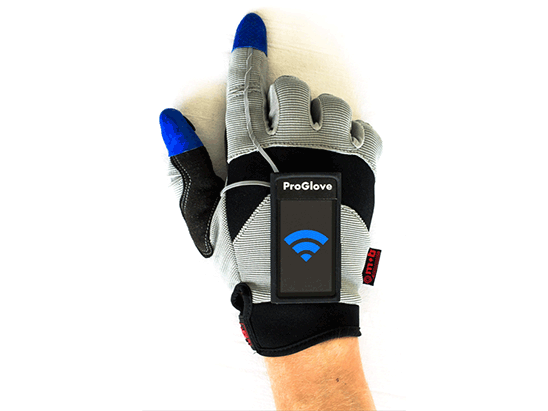CeBIT is the high-tech fair in Hanover, Germany. It offers a futuristic vision of the world by perceiving the daily life that we will have in 2025. The popularity of objects is constantly increasing, but especially robots are in the midst of a revolution.
CeBIT is the annual gathering of the main players in the technology industry. It ends today and for the occasion the editorial team invites you to discover a selection of 5 objects that have marked CeBIT this year.
What you will learn
The CogniToy by IBM dinosaur
For the use of its Watson platform, IBM is tackling the little one with CogniToy, a dinosaur-like toy that offers answers to children's questions. Better than mom and dad, children can now communicate with CogniToy which will allow them to have answers instantly to their question.

The little dinosaur imagined by Elemental Path immediately seduced internet users. Because, Kickstarter campaign was successful from day three and allowed the brand to collect double the initial amount they had asked to make their project a reality.
Permanently smart health connected to the internet thanks to WiFi, this toy is for children between 4 and 7 years old. He can tell stories, listen to children, but also answer more than a thousand questions that the little ones will ask themselves.
CogniToy should be on sale in the market by November 2015, in the meantime all that remains is to save a few pennies to please the children, the starting price would be $ 99.
The Robochop project
The news industrial internet trends were able to allow Robochop to materialize. Reed Kram and Clemens Weisshaar, the two German designers designed this project to allow to remotely control object manufacturing via four robot arms KUKA KR60. These are specially recognized for being of a precision without limits. During the show, internet users and visitors were able to access the interface to control the cuts of some 2,000 polystyrene cubes. And each his imagination for create sculptures or furniture, Why not after all.
One of the designers even said that "Germany and its industry are very advanced" in the field of "robot manufacturing" which they call themselves " robfab "
https://www.youtube.com/watch?v=Y3ZKLmta2qg [/ embed]
The Smart Yoga Mat
Presented by the Technological Institute of Karlsruhe, the Yoga mat has 6000 sensors which record a multitude of data like the exercises you do, the breathing rate, the positions, the balance points … It could almost replace a sports coach.

We can imagine a extension of the device throughout the house so that it is no longer a traditional yoga mat, but rather a essential element of our health home. he can detect good and bad habits and give personalized advice if he stays in bed too long or sprawls on the couch watching TV.
There is a real strategy that was implemented by Karlsruhe. The device wouldEnsure the safety of dependent people from a distance, like the elderly or disabled. For example, in the event of a fall, the objective would be to be able to intervene quickly. And therefore, would simply allow give everyone the right to do their daily sports session safely.
M2GMO, personalized applications
Make the Internet of Things available to everyone, this is the new challenge of generation 2.0. The Berlin start-up has even greater ambitions, to allow everyone to be able create applications without knowing a single line of code HTML or CSS. Yes, it is possible, and it is the project they presented at CeBIT this year.
The new era of IoT will push us to consume more and more new technologies, "And it is obvious that not everyone can learn to code" as co-founder Oriol Fuertes says.
It will therefore be possible to create your own application dedicated to his needs. The most commonly cited example is that ofoptimize the energy consumption of machines in a chemical plant. It's because of sensors placed on objects that the user has selected that he will be able to use pre-registered functions on the platform.
ProGlove, the smart gloves
ProGlove is a smart health connected glove, designed and imagined by the German team of Paul Günther, Jonas Girardet, Thomas Kirchner and Alexander Grots.
https://www.youtube.com/watch?v=jTHL26WCrL0 [/ embed]
The glove has a multitude of sensors which aims toconsiderably increase the production of workers. Not to make them work much more, but rather to make the tasks much faster to perform. The glove fitted with the module Intel Edison and a screen is able to scan, count, measure or to weigh anything in a simple gesture. ProGlove has already won third prize Make It Wearable organized last year. Which promises him success when he leaves.

In the next 12 months, the company counts well put on smart gloves, other features are still being tested.
If you have been seduced by another object that we have not mentioned you can always share it with us!
AB SMART HEALTH REVIEW






![[IFA] MiniWing unveils its GPS camera for cyclists](https://www.bwellmart.com/wp-content/uploads/2020/01/IFA-MiniWing-unveils-its-GPS-camera-for-cyclists.jpg)

